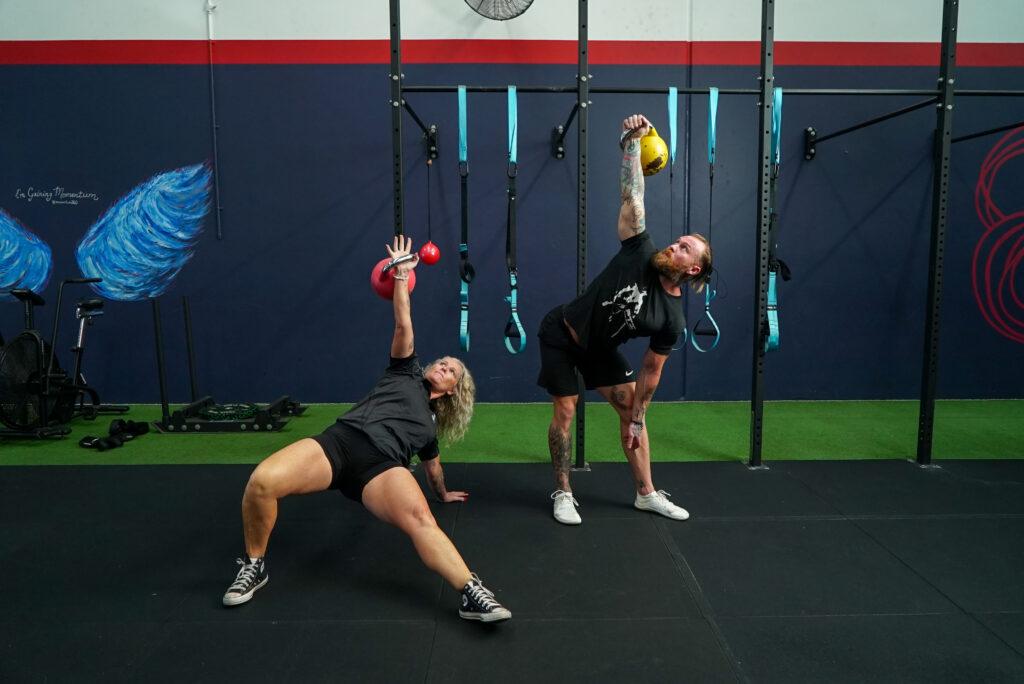The vast realm of fitness is fueled by constant advancements and deeper insights into how our bodies respond to various forms of exercise. One critical aspect that personal trainers continually navigate is the intelligent cycling between different training modalities to elicit the best possible results for their clients. This article delves into the art and science of strength and power training periodization, offering a glimpse into its foundational concepts and practical applications.
Understanding the “Why”: The Science of Cycling Strength and Power Training
Effective periodization for strength and power training hinges upon comprehending the fundamental ‘why’ behind the methodologies we utilize as fitness professionals. This knowledge is not merely academic; it’s a powerful contributor to client success. Periodization mitigates overtraining, stimulates ongoing physiological adaptations, and strategically manages fatigue, all of which are critical to achieving consistent progress. Furthermore, the force-velocity relationship is paramount in understanding muscle contractions within this framework. It highlights how muscle fibers generate different levels of force across varying velocities – an essential concept for optimizing strength and power outputs in clients.
The “How”: Effective Strategies for Strength and Power Training Periodization
The strategy for alternating strength and power training is not a one-size-fits-all; it requires a tailored approach to each individual’s goals and needs. When implementing periodization, it is imperative to construct distinct training periods or cycles: macrocycles encompass the general training period, mesocycles address specific preparatory, competitive, or recovery phases, and microcycles break down into weekly or daily plans. Trainers can utilize linear or nonlinear periodization models, which involve either consistent or varied intensity and volume over time. This deliberate structuring allows for managed increases in intensity and volume over time, enabling the body to adapt without hitting a plateau.
The Art of Timing: “When” to Implement Training Cycles
Identifying the ‘when’ in cycling strength and power training is critical for maximizing a client’s athletic potential. The right timing can profoundly impact the effectiveness of the training program. Generally, periods of higher intensity power training should precede phases of skill or competition to harness peak performance, while strength training often forms the base in earlier phases to build a solid foundation. However, individualization is key, considering factors such as the client’s competition schedule, recovery capacity, and training age. For athletes, off-season and pre-season phases present ideal times to focus on building raw strength and power, later transitioning into sport-specific power applications as they approach in-season competition.
Elevating Education: Your Path to Certification
As personal trainers, enriching our expertise with specialized education can empower us to deliver superior outcomes for our clients. Our Strength and Power education certificate is meticulously crafted to deepen your understanding of maximal force versus maximal power within the force-velocity spectrum. This certificate goes beyond theoretical knowledge, equipping you with the practical tools to analyze and apply these concepts across various training programs. By committing to this comprehensive certification, trainers open up a new horizon of training possibilities, ensuring client goals are met with precision and expertise.
Practical Progressive Training: From Kettlebells to Olympic Lifting
When introducing clients to strength and power training, starting with the manageable and progressing to the challenging is key. Kettlebells and dumbbells serve as excellent tools to introduce foundational movements and prepare for the complexities of Olympic lifting. Beginning with these accessible modalities allows for the development of stability, coordination, and proprioception. As clients demonstrate proficiency with lighter implements, they can smoothly transition to barbell Olympic lifts. This progression not only builds confidence but also establishes safe and effective lifting techniques that are crucial for executing the snatch and the clean and jerk with heavier weights. The step-by-step approach informs a strategic teaching progression that is progressive yet practical for the general population.
References:
- 3 Types of Training Periodization and How to Use Them. BarBend
- CURRENT CONCEPTS IN PERIODIZATION. PubMed
- Editorial: The force-velocity relationship: Assessment and Implications. Frontiers in Physiology
- Dumbbells vs. Kettlebells – Which Should You Use. Men’s Health
- A Simple Guide to Periodization for Strength Training. Breaking Muscle
- Power Training – A Comprehensive Guide. The SportsEDU
- Force/velocity and power/velocity relationships in squat exercises. PubMed
- Periodized Resistance Training for Enhancing Skeletal Muscle Hypertrophy and Strength. Frontiers in Physiology
- Force–velocity relationship in Paralympic powerlifting: two or three-point models? BMC Sports Science, Medicine and Rehabilitation
- Olympic Weightlifting Fundamentals. WYNActive
For for Newsletter

